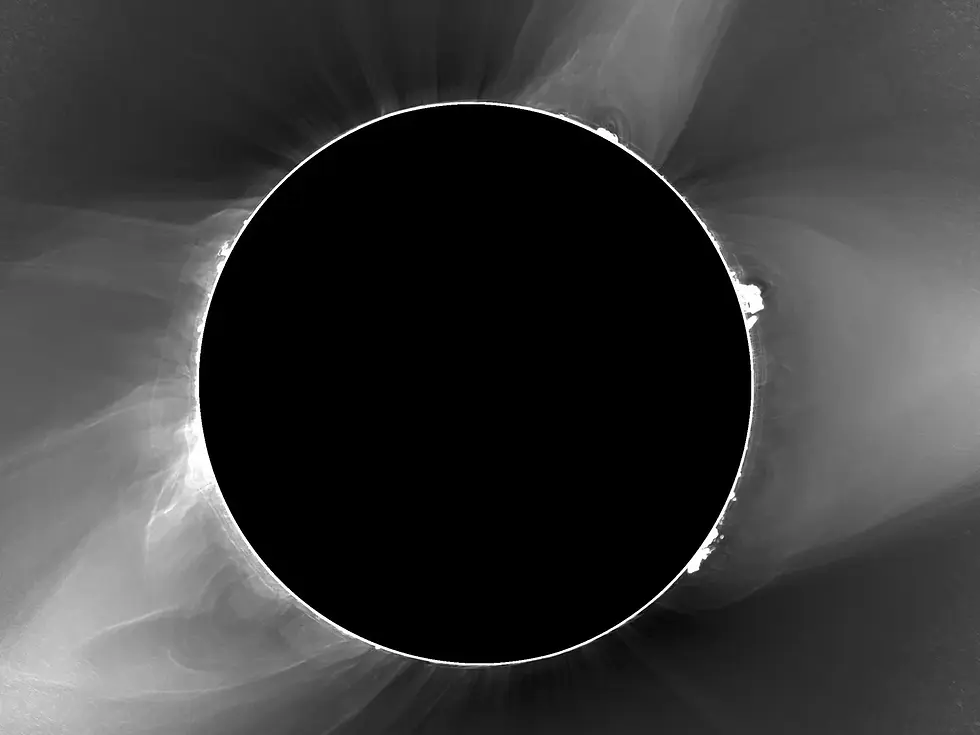Plan To Broadcast The Path of Entire Total Solar Eclipse
- Editor OGN Daily
- Apr 2, 2024
- 1 min read
It’s one of nature’s most spectacular sights, but during North America’s total solar eclipse on 8 April, the sun’s corona will only be visible for a few precious minutes from any one location. What if you could watch it the whole way along its 115 mile path?

The solar eclipse will be viewed for a combined total of 100 minutes during a 115-mile path of totality stretching from Mexico to Canada, via the U.S. So wouldn't it be a good idea to have cameras stationed all along the track and broadcast the entire thing as one continuous livestream?
That’s the thinking behind the Dynamic Eclipse Broadcast Initiative (DEB), a nationwide citizen science team armed with a healthy NASA grant, hoping to pioneer a unique new way to broadcast a total solar eclipse. It’s as much about solar science as it is about broadcasting, however, with a new understanding of the solar corona the ultimate prize.
Good quality, easy to use 40mm telescopes and astrophotography cameras have been sent out to teams, which have been trained how to use them. DEB will have 300 people in teams located in or near the path of totality, many associated with a nearby university or community college.

“We’ll have 75 sites total in Mexico, the U.S. and Canada, with 20 teams entirely made up of young women from across the U.S,” said Bob Baer, a staff member in the School of Physics and Applied Physics at Southern Illinois University, Carbondale and co-principal investigator of DEB, in an interview. “Each site makes a frame as we seen the corona evolve during the total solar eclipse.”



